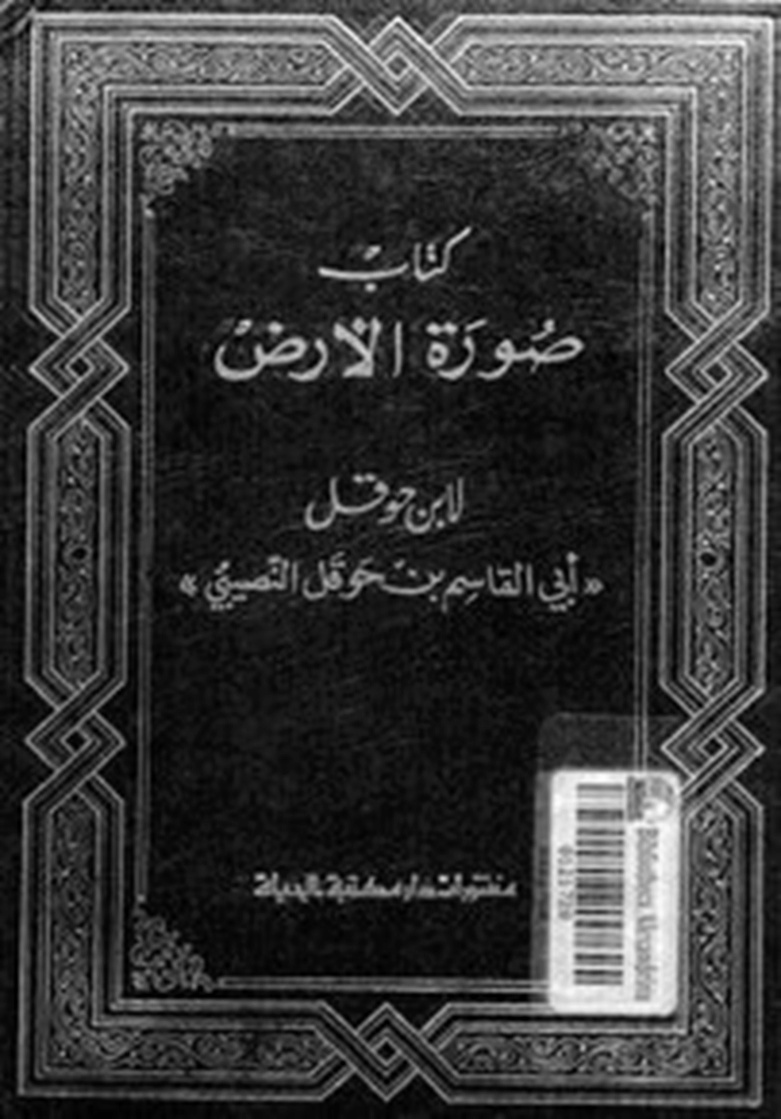The Amazighs were the first to issue financial instruments in the Islamic world

If we go back to our Moroccan history, we will find ourselves faced with the history of a great country, to which we did not fulfill its rights, but rather we were disobedient and cruel children towards it, i.e. “the disgraces of the parents.” This was during a period of ideological dizziness that afflicted us in the last quarter of the twentieth century, but we woke up. From it, let us see the horror of what we have achieved for our Moroccan history, so we began to return to our identity, culture, and history, and we are still in the corrective beginning, “This is the beginning, and it is still, and still is...”, the important thing is that we are “noumg agaras.”
Our Moroccan history teaches us that we are a great people, a distinguished and active people in the history of North Africa, the Sahara, and the Mediterranean region. We took, gave, and taught, and we are still learning and teaching...
If we go back to our history, we will know that we are the first to deal in financial instruments in the Islamic world since before the tenth century AD, i.e. the fourth AH (we still lack much, much research on our history) at a time when the Islamic world and others do not know this type of financial dealing. The news was reported by Ibn Hawqal during his visit to Sijilmasa, where he noticed that some of the Amazigh merchants there were dealing in bonds with their counterparts in other African Islamic cities.

This type of commercial dealing was mentioned by Ibn Hawqal in his book “The Picture of the Earth”, and the Levantines did not know it in his time. He mentioned it in amazement at this type of commercial dealings, which he had not seen or been familiar with in the majority of the countries he visited in the Levant and in Asia. He mentioned it when he spoke about the merchants of Sijilmasa. :
“Kayrouan is close to Sijilmasa in the health of the air... I entered it in the year forty, and I did not see in Morocco more sheikhs who were in good standing, and who were enthusiastic about knowledge and its people, to the extent of great souls and lofty, lofty aspirations... And I saw in Boudaghust a deed in which a right was mentioned for some of them against a man from the merchants of Aoudaghust, and he is from the people of Sijilmasa. Forty-two thousand dinars, and I have not seen nor heard anything similar to this story in the East. I told it in Iraq, Persia, and Khorasan, so I went to extremes.”
The book “The Image of the Earth” by Ibn Hawqal, p. 96, Al-Hayat Library Publishing House, Lebanon, 1992.
Awdaghust/Awdagust is the capital of the Kingdom of Awdaghust (including El-Ghin), an Amazigh kingdom founded before the Almoravids. It was in southern Morocco, perhaps currently located in Mauritania. Almost the same name is borne by the town of “Ait Wabli” in the Tata Province, which is the town of Tadaghust.

The dealing of Amazigh merchants in these desert trading cities (i.e. Sijilmasa and Awdaghst) with deeds in the era of Ibn Hawqal (tenth century AD, fourth century AH) was considered something strange for the Levantine. Indeed, it was strange for them to the point that they considered the matter a joke and a joke when Ibn Hawqal told them about it.
Today, we have begun to gradually return to our historical leadership in Africa and the southern Mediterranean region, with our gradual return to our Amazigh identity and values because they are the basis of our distinction and renaissance yesterday and today.
Source : websites

